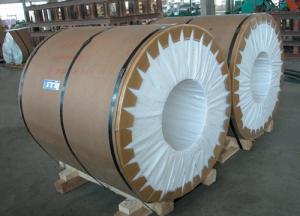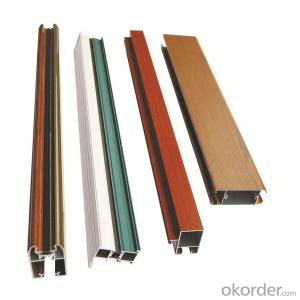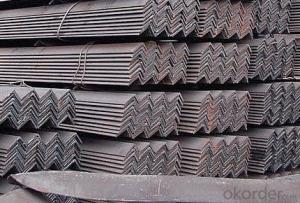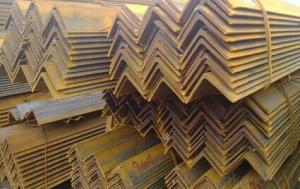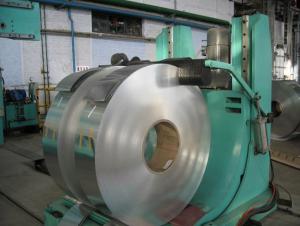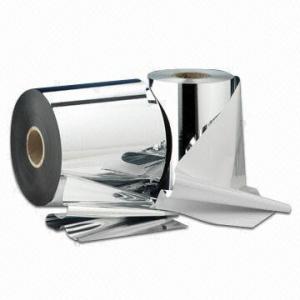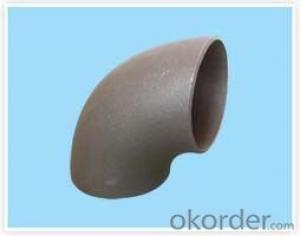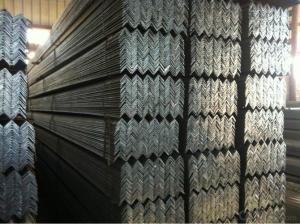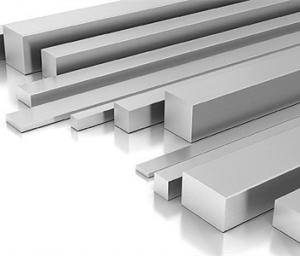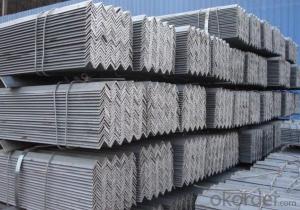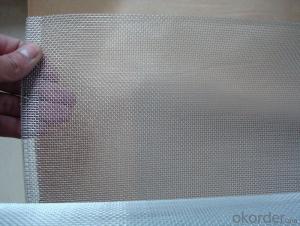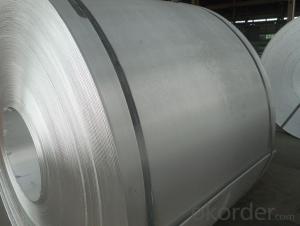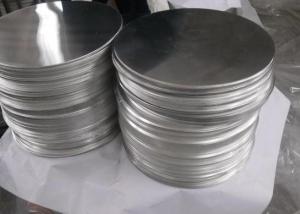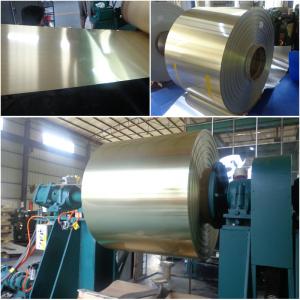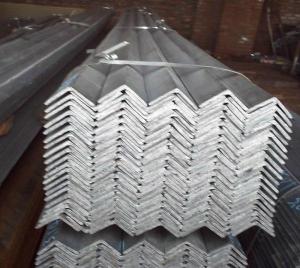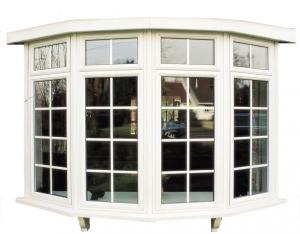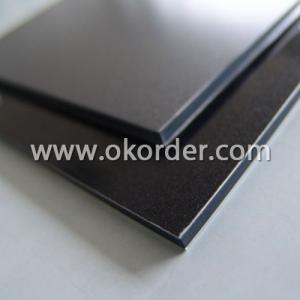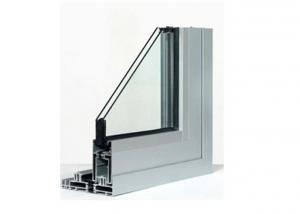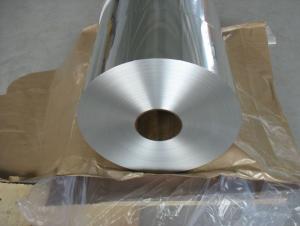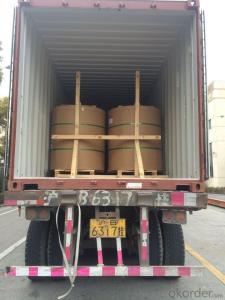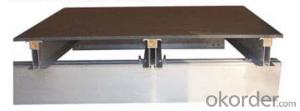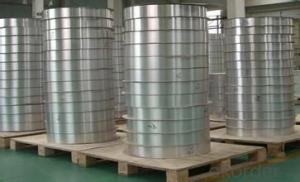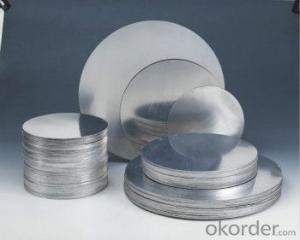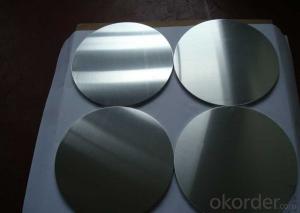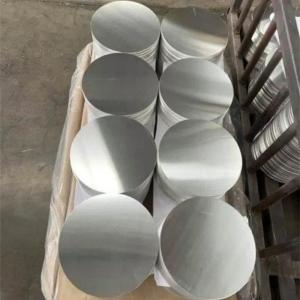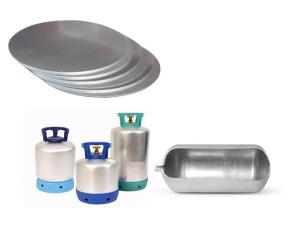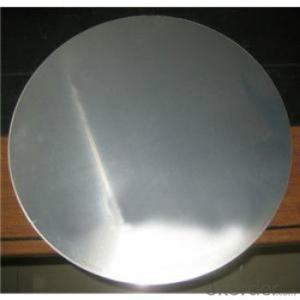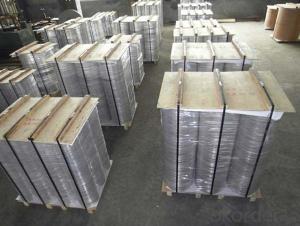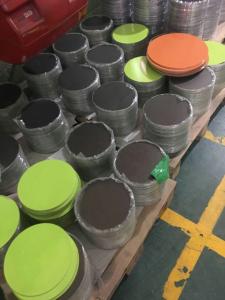Aluminum 90 Degree Angle Stock
Aluminum 90 Degree Angle Stock Related Searches
Aluminum 45 Degree Angle Stock 45 Degree Angle Aluminum Stock 1 2 Aluminum Angle Stock Bending Aluminum Angle Stock 1 Aluminum Angle Stock Anodized Aluminum Angle Stock Angle Stock Aluminum Aluminum Angle Stock Dimensions 3 Aluminum Angle Stock Aluminum Angle Stock Near Me 2 Inch Aluminum Angle Stock Right Angle Aluminum Stock Aluminum Angle Aluminum Rectangle Stock Aluminum Stock Angle Aluminum Stock Aluminum Angle Stock Sizes Stock Aluminum 6061 Aluminum Angle Stock Aluminum Frame Stock Aluminum Ak Stock Aluminum Price Stock Aluminum Metal Stock Aluminum Lathe Stock Stock Aluminum Shapes Aluminum Stock Thickness Angle Aluminum Aluminum Screen Frame Stock Us Aluminum Stock 1/4 Aluminum Angle StockAluminum 90 Degree Angle Stock Supplier & Manufacturer from China
Aluminum 90 Degree Angle Stock is a type of aluminum extrusion product that is specifically designed to create right-angle connections in various construction and fabrication projects. These angle stocks are made from high-quality aluminum, ensuring durability and strength while maintaining a lightweight profile. They are ideal for use in applications where a 90-degree angle is required, such as in the construction of frames, support structures, and other architectural components.The usage scenarios for Aluminum 90 Degree Angle Stock are vast, as they are versatile and can be utilized in a wide range of industries. They are commonly found in the manufacturing of automotive parts, aerospace components, and architectural structures. Additionally, they are used in the creation of furniture, display stands, and various other commercial and industrial applications. The lightweight and sturdy nature of aluminum makes it an ideal material for these angle stocks, providing both strength and ease of use in various applications.
Okorder.com is a leading wholesale supplier of Aluminum 90 Degree Angle Stock, offering a large inventory of this product to cater to the needs of various industries. As a reputable supplier, Okorder.com ensures that the aluminum angle stocks they provide are of the highest quality, meeting the specific requirements of their customers. With a commitment to customer satisfaction and a focus on providing reliable products, Okorder.com is the go-to source for those in need of aluminum 90-degree angle stocks for their projects.
Hot Products
